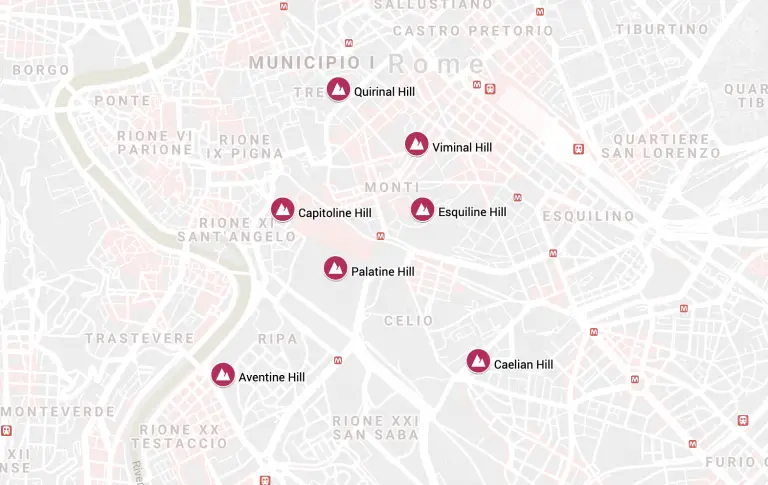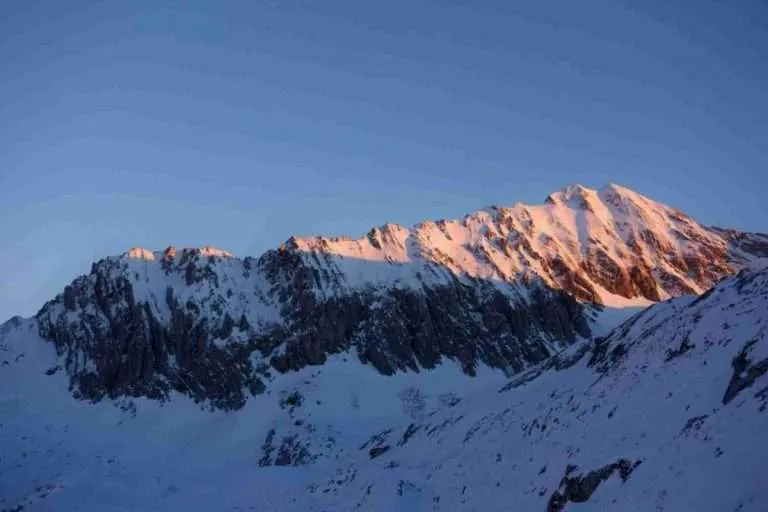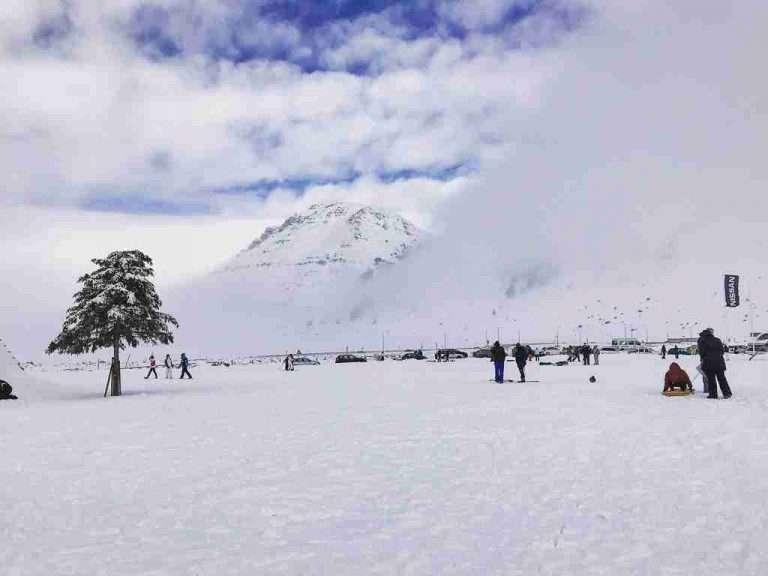
Sandwiched between the Alps and the African plate, Italy has always been a hotspot for seismic activity.
Take a look at this simple map, which shows the earthquake zones in Italy.

The legend indicates that the strongest quakes, the Category I tremors, are common in a few pockets in Sicily, Basilicata, Puglia, Campania, Lazio, Abruzzo, and Friuli-Venezia Giulia.
The lower-grade Category III quakes show up mostly in southern Italy, in Puglia and Campania.
But the large portion of the country lies in a Category II quake zone.
As you can see, almost the entire Italian peninsula is an earthquake zone.


According to Italy’s National Institute of Geophysics and Vulcanology (INGV)
Earthquakes usually occur in areas already affected in the past. In Italy, the strongest earthquakes occurred in Sicily, in the eastern Alps, and along the central-southern Apennines, from Abruzzo to Calabria. But important earthquakes also occurred in the central-northern Apennines and in the Gargano. In the past 1,000 years, there have been about 260 earthquakes of magnitude Mw equal to or greater than 5.5 — on average once every four years.
Istituto Nazionale di Geofisica e Volcanologia
Besides natural plate movements, fracking is also a possible cause of the latest seismic phenomenon in regions like Emilia Romagna. Fracking, or hydraulic fracturing, “is a [mining] technique used to release petroleum, natural gas, or other substances for extraction.” Daily Kos links to a number of articles about the latest drilling/fracking/gas exploration projects in the Po River Valley.
Historic Earthquakes in Italy on a Map

The map above shows earthquakes above 4.0 that hit the Italian peninsula from 1900 to 2017. These include:
- 7.1 magnitude earthquake in the Strait of Messina, which killed between 75,000 to 200,000 (28 December 1908)
- 6.7 magnitude earthquake in Avezzano, Abruzzo, which killed between 29,000 to 33,000 (13 January 1915)
- 6.5 magnitude earthquake in Trieste, Friuli-Venezia Giulia, which killed more than 900 (6 May 1976)
- 6.9 magnitude earthquake in Campania and Basilicata, which killed between 2,400 to 4,900 (23 November 1980)
- 6.3 magnitude earthquake in L’Aquila, Abruzzo, which killed 309 (6 April 2009)
- 6.2 magnitude earthquake in Lazio, Umbria, and Marche, which killed 299 (24 August 2016)
Wikipedia has a sortable spreadsheet of information about historic earthquakes in Italy while Italy’s INGV has detailed posts and story maps (both in Italian) about some of the more devastating quakes to have hit the country over the years. For the 40th anniversary of the 1980 earthquake in southern Italy, INGV also created a dashboard of data to track the thousands of earthquakes that took place from 1980 to 2020.
Resources for Italy Earthquake Information
The European-Mediterranean Seismological Centre, or EMSC, is a great resource for keeping up with earthquake news in Italy. They have an app called LastQuake, which I don’t use, but I do follow their twitter account @EMSC.
In fact, Twitter is the best resource for real-time info on earthquakes in Italy. Simply follow the hashtag #terremoto (terremoto means earthquake in Italian) to understand that earthquakes, both small and large, are happening all the time in Italy.
For additional information on Italy earthquakes in Italian, there is the INGV, short for the Istituto Nazionale di Geofisica e Vulcanologia. They publish a wide range of data about earthquakes in Italy and in the Mediterranean, including details on earthquakes in history. The more colorful seismic map above is also via INGV.
Seismic activity in Italy is very common. I cannot possibly cover every tremor that happens in Italy, though I do try to write about ones that are newsworthy for the purposes of an Italy travel website.
In 2009 I wrote about the Beffi triptych, a work of art that was saved during the 2009 earthquake in L’Aquila, Abruzzo. This blog has also touched on the 2012 earthquakes in Emilia Romagna and the August 24, 2016, earthquake that destroyed the central Italian town of Amatrice.
Last updated on February 6th, 2023Post first published on June 3, 2012






